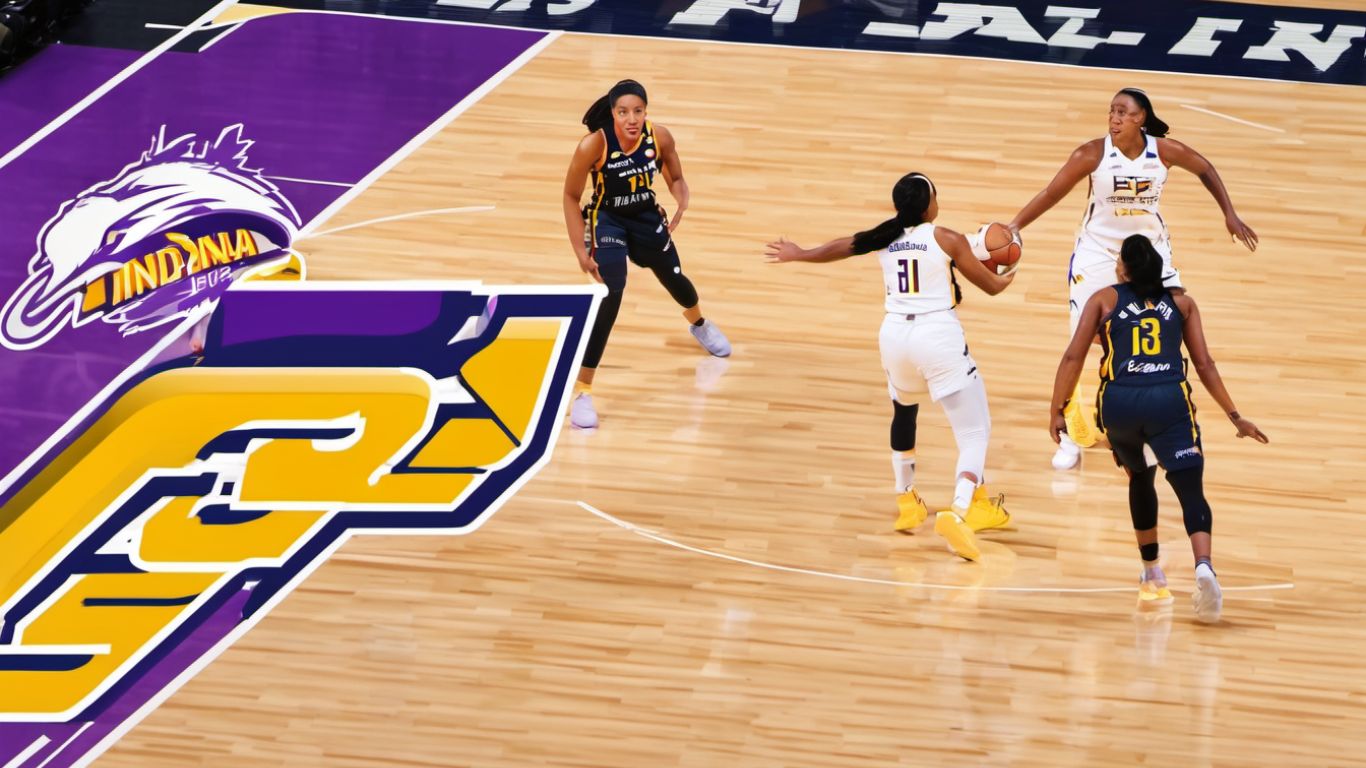Basketball is not just a game but an enduring testament to athletic excellence, teamwork, and the human spirit. With its roots firmly entrenched in the late 19th century, basketball has evolved from a simple indoor pastime to a global phenomenon. In exploring basketball facts, we take you on a court-side tour through its history, iconic players, fundamental gameplay principles, and far-reaching influence.

The Invention and Evolution of Basketball
- Invention: Basketball was invented in 1891 by Dr. James Naismith in Springfield, Massachusetts.
- First Game: The first recorded game of basketball was played at the International YMCA Training School, where the scoreboard told of a modest 1-0 victory.
- Professional Play: The game swiftly grew in popularity, paving the path to professional leagues. In 1946, the Basketball Association of America (BAA) was formed, which later became the National Basketball Association (NBA) in 1949.
Rules: The Heartbeat of the Game
- Objective: The primary goal in basketball is to score more points than the opposing team by shooting the ball through the hoop.
- Regulation Play: A regulation basketball game comprises four quarters, with the NBA standard being 12-minute quarters.
- Violations: Key rules include prohibiting traveling (taking too many steps without dribbling), double dribbling, and goaltending (blocking a shot descending towards the hoop).
Players: Giants of the Court
Basketball has given rise to a pantheon of titans who’ve defined eras with their skills:
- Early Stars: George Mikan set the stage for big men in basketball during the 1940s and 1950s.
- Dominant Forces: Bill Russell and Wilt Chamberlain’s rivalry in the 1960s showcased tremendous ability and resilience.
- Modern Legends: These players have become cultural symbols, from Michael Jordan’s electrifying performances to LeBron James’s versatility and dominance.

Impressive Stats and Achievements
- Most Points in a Single Game: Wilt Chamberlain holds the record for most points in a single NBA game with an astounding 100 points.
- Most Career Points: Kareem Abdul-Jabbar sits atop the leaderboard with 38,387 career points.
- Most Assists in a Game: Scott Skiles delivered a jaw-dropping 30 assists in one game, illustrating the importance of teamwork and vision.
Influence on Culture, Society, and Health
- Cultural Impact: Basketball has had a significant artistic influence, particularly in America, often reflected in music, fashion, and cinema.
- Health Benefits: Playing basketball contributes to physical fitness, improves coordination, builds endurance, and teaches the value of teamwork.
- Global Appeal: The globalization of basketball is evident through the NBA’s international outreach and the proliferation of leagues worldwide.
Remarkable Player Achievements
- Most Points in a Single Game: Wilt Chamberlain set an NBA record by scoring an astonishing 100 points for the Philadelphia Warriors in a game against the New York Knicks on March 2, 1962.
- Most Career Points: Kareem Abdul-Jabbar holds the record for the most career points in the NBA, amassing an incredible 38,387 points over a twenty-season career.
- Most Assist in a Game: Scott Skiles stands out for his playmaking abilities, setting the record for the most assists in a single NBA game with 30, playing for the Orlando Magic against the Denver Nuggets on December 30, 1990.

A Brief Overview of Basketball
The Origins: The basketball game was invented in 1891 by James Naismith, a Canadian physical educator. Seeking an active indoor activity to keep his students fit during the long New England winters, Naismith devised a game involving a ball, and two peach baskets nailed to the gymnasium balcony.
The Evolution: The original “basketball” wasn’t the air-filled sphere we know today. The first few games were awkward soccer balls used before specialized basketballs were created. Another curious fact is that dribbling was not initially part of the game. Players would catch the ball and could only move one or two steps before passing or shooting.
Number of Players: Naismith’s original rulebook suggested “the more the better” regarding team size. The first games varied widely in the number of players, eventually settling down to the five-per-side format we are familiar with now.
Rules and Regulations: Early rules didn’t include fouls for physical contact unless it caused an injury. The notion of “no injury, no foul” has changed dramatically to today’s whistle-happy officiating. Another interesting point is that referees now use watches instead of our synchronized game clocks.
Social Impact: Basketball has not only become a major professional sport, but it also has a significant cultural impact. It’s a sport that transcends social barriers and brings people together from all walks of life. It has helped highlight social issues, created global icons, and shaped fashion and music trends. Ing.

1. The Inception of Basketball – Dr. James Naismith:
Basketball was invented in 1891 by Dr. James Naismith, a Canadian physical education instructor. To keep his students active during the winter months, he devised a game that involved throwing a soccer-style ball into peach baskets on the opposite ends of the gymnasium.
2. Basketball’s Original Ball:
The first ball used for the sport was a brown soccer ball, not a basketball as we know it today. It wasn’t until later that the official basketball was created, which was more conducive for dribbling and shooting.
3. The No-Dribble Rule:
Early rules of basketball did not permit players to dribble the ball. Players could only swat the ball from other players’ hands or pass it while remaining stationary. Dribbling was eventually incorporated, dramatically changing how the game is played.
4. Large Teams in the Early Days:
Initially, there was no set rule for the number of players on each team. Early basketball games saw teams with as many as 50 players on each side. The standard today is, of course, five players per team on the court.
5. Foul Play?:
Initial rules stated that unless injury was sustained, no fouls were called. This led to a much rougher style of play than what is accepted now in professional basketball leagues.
6. Timekeeping and Referees:
In basketball’s infancy, referees had the arduous task of using watches to manually track time, which presented challenges in accuracy and prompted the eventual use of game clocks.
7. The Early End to Games:
In the original rules, a basketball game ended once one team scored 21 points, a far cry from the timed quarters and high-scoring games that characterize modern basketball.
Conclusion: Beyond the Hoop
Basketball’s enduring legacy is stamped in the raucous cheers of fans, the polished floors of the arenas that have borne witness to iconic moments, and the dreams of countless aspiring athletes. The sport tells the story of triumphs and trials, individual brilliance meshing with a unified strategy, merging into a powerhouse of entertainment and inspiration.
With the future of basketball looking brighter than ever, we continue to cheer, play, and live the excitement that only this game can provide. One thing is sure – basketball isn’t merely about the points scored; it’s about the points proven.










Neeli Jadallah
Oone Arias avalos